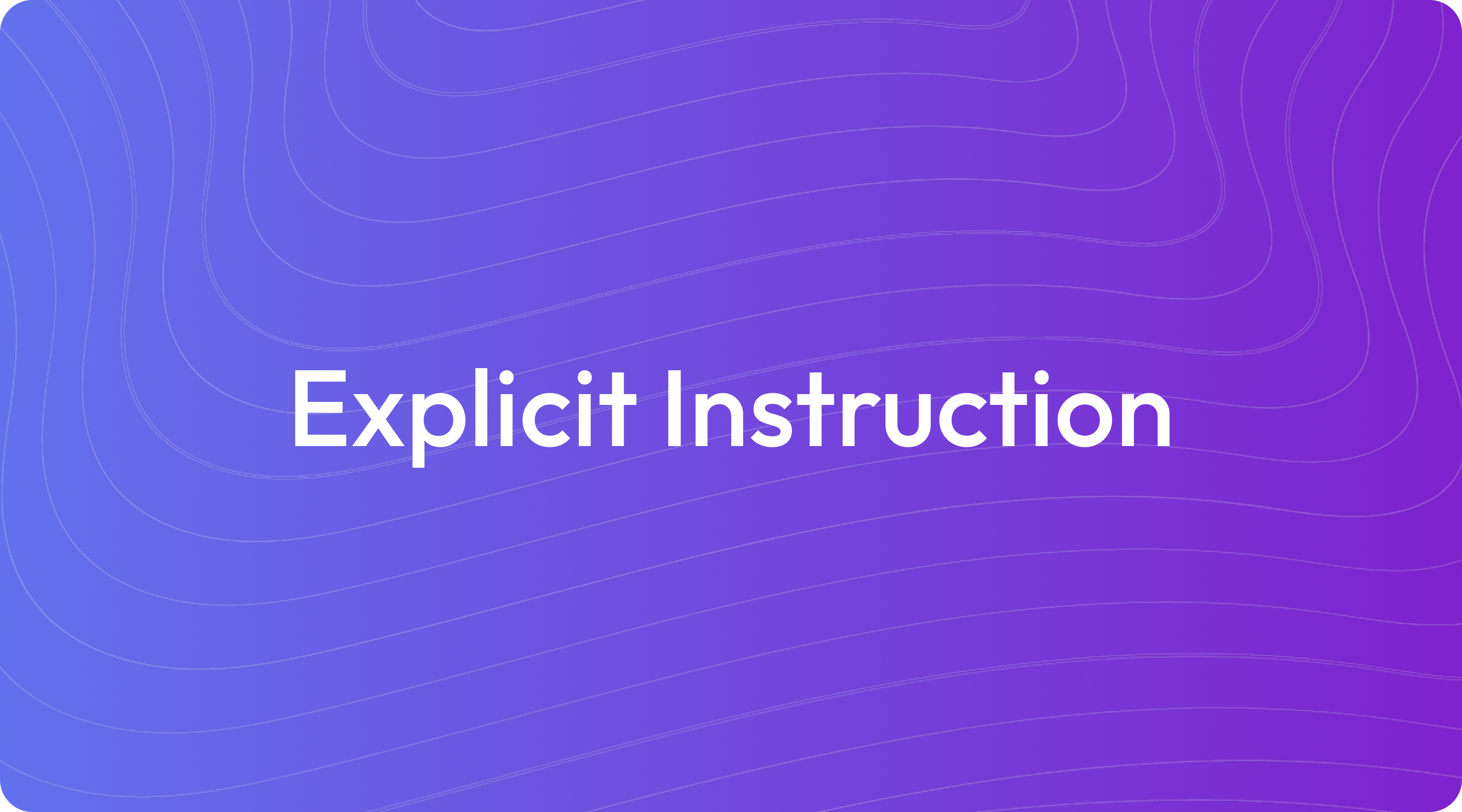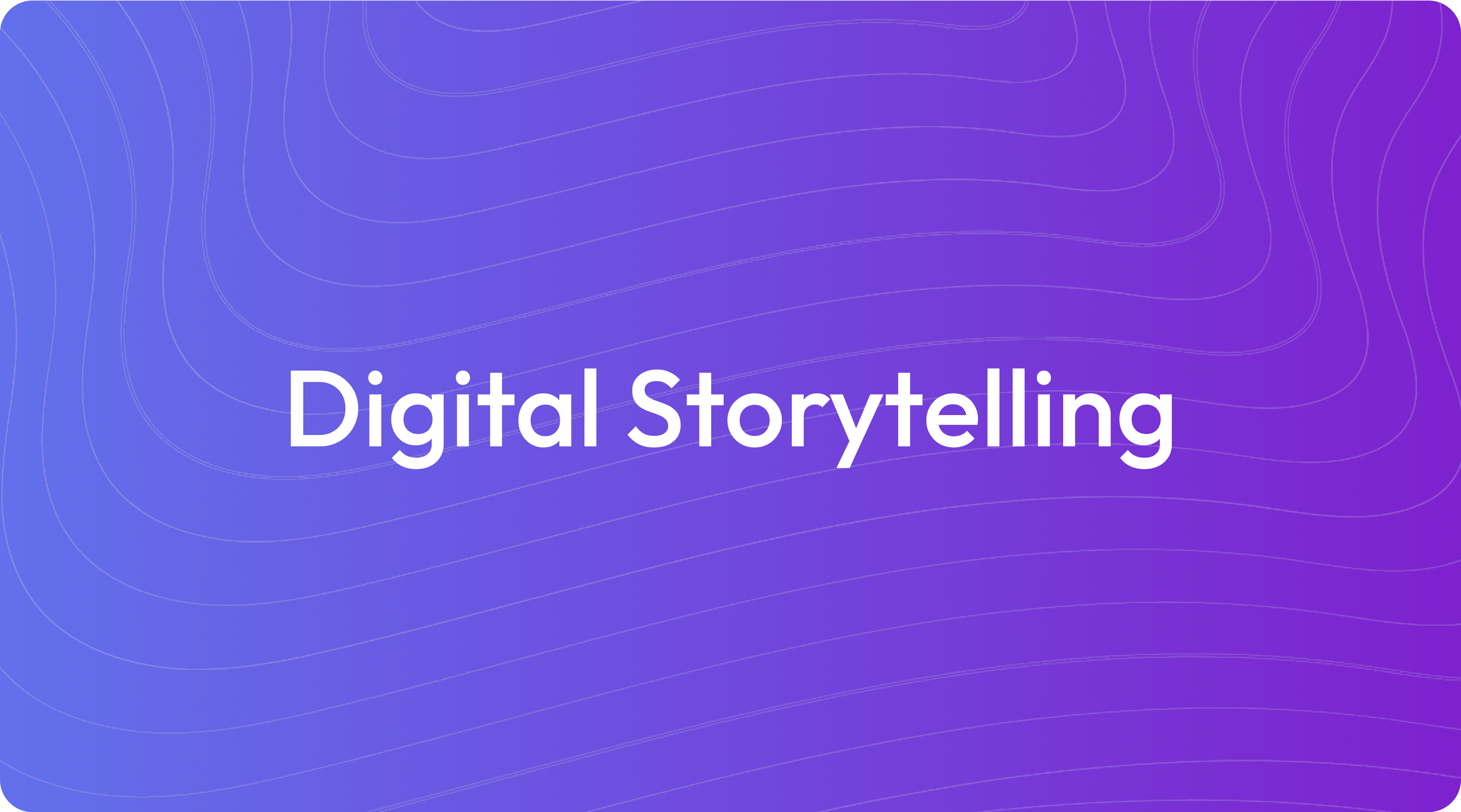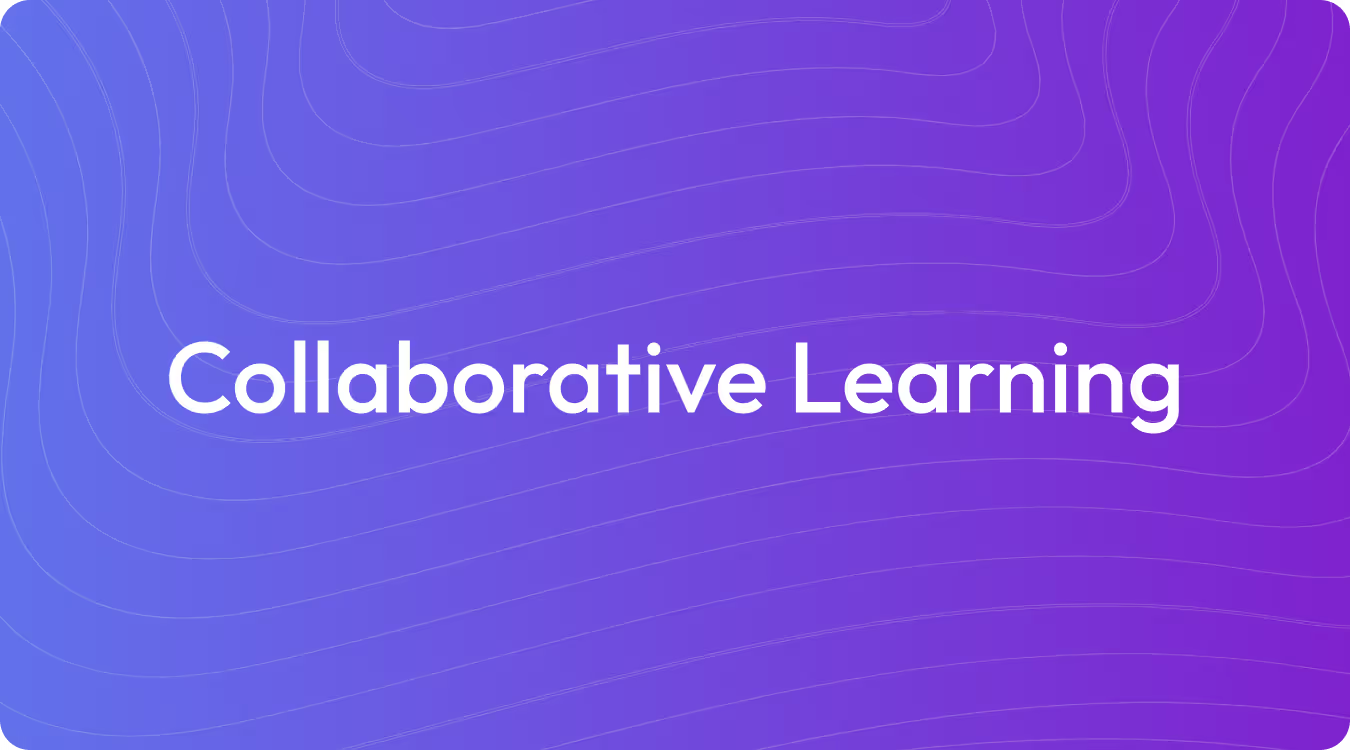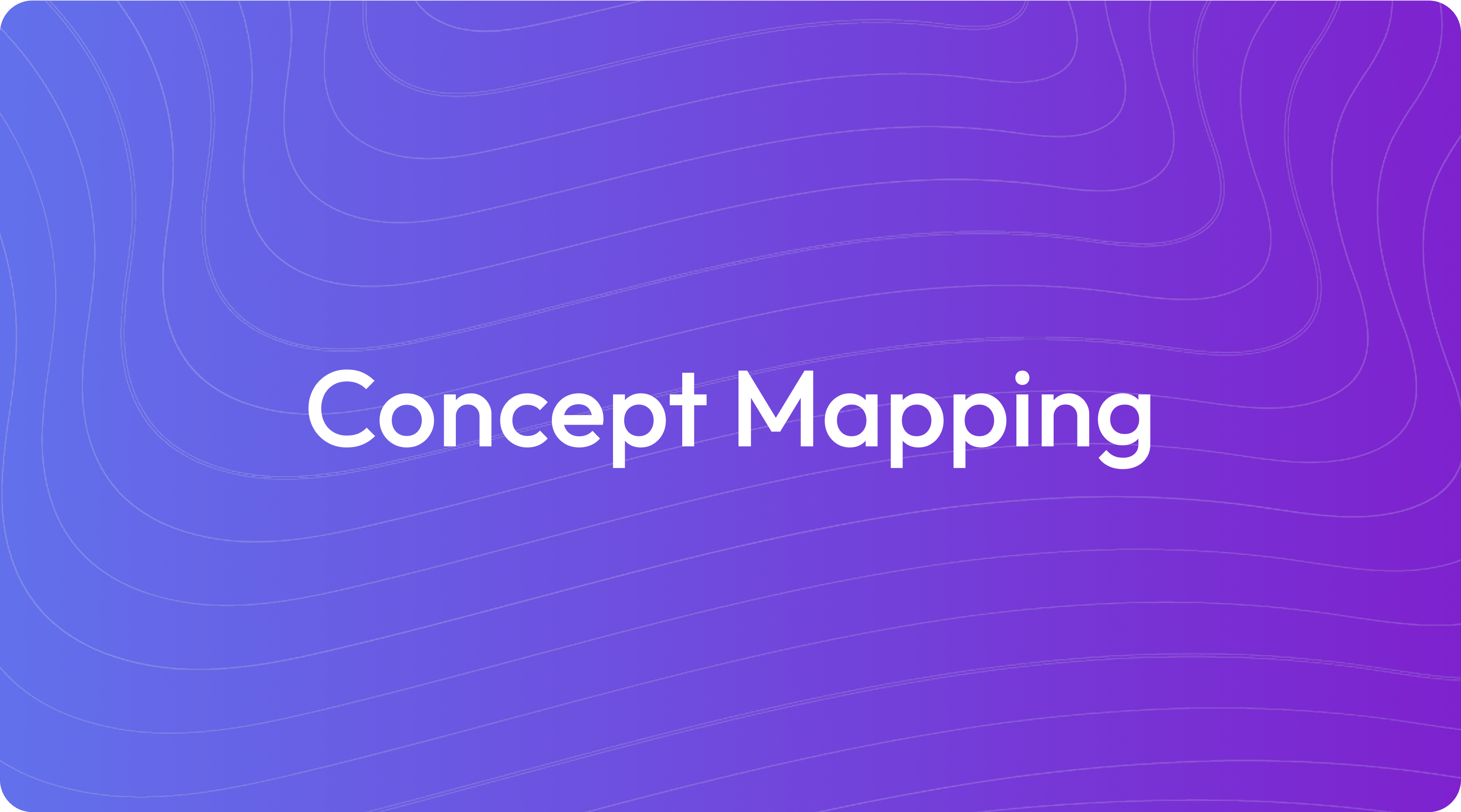What Is Explicit Instruction?

What Is Explicit Instruction?
Explicit instruction is a direct and structured way of teaching that makes lessons crystal clear for students. It's a purposeful approach where you don't leave learning to chance; instead, you guide students with step-by-step demonstrations and supported practice. By breaking down complex skills into smaller parts and providing immediate feedback, this method helps build student confidence and promotes successful outcomes for everyone in the classroom.
.png)
Explicit Instruction Strategies and Activities
Explicit instruction involves a sequence of teaching methods supported by research from figures like Barak Rosenshine and Anita L. Archer. This approach includes setting clear learning goals, providing modeled examples and think-alouds, and offering guided practice before students work independently.
The strategies focus on breaking down complex skills into smaller, manageable steps and sequencing them logically. Activities are designed to provide teacher-led demonstrations, supported practice with feedback, and frequent opportunities for you to check for student understanding.
Here are some explicit instruction strategies and activities:
- Gradual Release of Responsibility: A framework where the teacher first models a skill, then practices with students, and finally allows students to work independently.
- Chunking and Sequencing: Breaking down complex skills or information into smaller, logically ordered parts.
- Modeling and Think-Alouds: Demonstrating how to complete a task while explaining your thought process out loud.
- Guided Practice: Students attempt a new skill with teacher support and scaffolding before trying it on their own.
- Checking for Understanding: Frequently asking questions or using short tasks to gauge student comprehension throughout the lesson.
- Sharing Learning Intentions: Clearly stating the lesson's goals and what students are expected to learn.
- Reviewing Prior Knowledge: Beginning a lesson by connecting the new topic to previously learned skills and concepts.
- Using Examples and Non-Examples: Presenting both correct applications of a skill and common mistakes to clarify boundaries.
- Immediate Feedback: Providing students with prompt, specific feedback on their performance to correct errors and reinforce learning.
- Jigsaw Cooperative Learning: An activity where students work in small groups, with each member becoming an expert on one piece of the content and then teaching it to their group.
Explicit Instruction Benefits
Explicit instruction is a teacher-directed method that provides a clear, systematic path for learning. While this approach is known for its structure, it's helpful to consider its potential effects on different learners and classroom environments. Understanding both the advantages and drawbacks can help you decide when and how to apply this strategy effectively.
The method offers a clear framework that can make it easier to track student progress and ensure foundational concepts are understood. However, its highly structured nature can also present challenges, such as limiting opportunities for creative problem-solving and meeting the needs of all students in a mixed-attainment classroom.
Here are some of the noted benefits and drawbacks of explicit instruction:
- Clear Progress Tracking: The structured format makes it easier for teachers to monitor student progress and identify specific areas that need more attention.
- Difficulty with Differentiation: In a whole-class setting, some students may find the pace too slow while others are still trying to master a concept.
- Reduced Cognitive Load: Breaking down information into small steps can help students with working memory or attention challenges focus on learning.
- Limited Creative Expression: A strong focus on following specific rules and procedures may reduce opportunities for students to practice creative thinking.
- Ease of Implementation: The highly organized nature of this method can make it straightforward for teachers to create assignments with clear outlines and provide consistent guidance.
- Reduced Self-Direction: The rigid requirements can sometimes be demotivating for more independent learners who may find the tasks unengaging.
- Builds Foundational Knowledge: It ensures that the majority of the class masters each step before moving on, which supports the learning of the whole group in the long run.
- Potential Lack of Context: When taught in isolation, rules and procedures may lack real-world context, making it harder for students to apply them in different situations.
- Student Investment: Clear objectives give learners obvious targets, helping them understand their own progress.
- Risk of Boredom: A heavy focus on memorization and rule-following can cause some students to lose interest in the learning process.
Explicit Instruction Examples
Explicit instruction is a teacher-led process where complex skills are broken down into smaller, more manageable steps. The teacher models the skill, often thinking aloud, before guiding students through practice to check for understanding.
This structured approach can help with tracking student progress and managing cognitive load for learners. However, it requires careful planning to maintain student engagement and may offer fewer opportunities for open-ended exploration.
Here are some examples of explicit instruction in practice:
- Breaking Down Complex Skills: A science unit on light and sound is taught in smaller, individual lessons before being reviewed as a whole.
- Step-by-Step Instruction: The teacher uses an "I do, we do, you do" model, first demonstrating the skill, then practicing with the class, and finally having students work on their own.
- Using Examples and Non-Examples: When teaching nouns, a teacher provides examples like "dog" and non-examples like "fast" to clarify the concept's boundaries.
- Requiring Frequent Responses: You can ask students to give a thumbs-up or write answers on whiteboards to quickly gauge comprehension across the classroom.
- Providing Immediate Feedback: During practice, the teacher moves around the room to offer quick, specific corrections and affirmations to support learning.
Explicit Instruction Best Practices
Explicit instruction involves adding a hook, clear learning goals, modeled examples, and guided practice before asking students to try a skill on their own. The method is informed by research from figures like Barak Rosenshine and Anita Archer, along with findings from Direct Instruction (DI) studies.
Implementing these practices involves designing lessons with clear objectives and breaking down information into smaller, sequential chunks. During instruction, you model the skill, provide supported practice with immediate feedback, and conduct reviews to reinforce learning over time.
Here are some best practices for explicit instruction:
- Chunking Information: Breaking down a skill or concept into smaller, manageable steps to reduce cognitive load.
- Modeling with Think-Alouds: Demonstrating how to perform a skill while verbalizing your thought process, making problem-solving strategies visible to students.
- Mediated Scaffolding: Providing temporary support during initial learning and gradually removing it as students become more independent.
- Frequent Responses and Feedback: Requiring students to respond often throughout a lesson and providing immediate, specific feedback to guide their understanding.
- Judicious Review: Systematically reviewing essential information in a distributed and cumulative way to support long-term retention.
Teach with TeachShare
Explicit instruction is a powerful, research-backed approach that makes learning clear and accessible for every student. At TeachShare, we make it easy to apply this strategy with our Boosts feature, which adds research-based methods like scaffolding to your resources in a single click. This intentional pedagogy helps you differentiate instruction and is a core part of what makes our platform unique. Start creating resources with TeachShare now.
Frequently Asked Questions
Answer







